- 1.1 Describe the major theories and theorists related to young children’s cognitive development.
- 1.2 Identify the major theories and theorists related to young children’s physical development.
- 1.3 Describe how families impact young children’s development.
Cognitive and Physical Development of the Child
In this course, you will explore both the cognitive and physical development of the child. You will start by looking at development in early childhood, and then will move on to examine how children learn. From there, you will examine play and the young child, as well as adult roles in early childhood development. You will also learn about conception and prenatal development before continuing on to nature and nurture in development. You will examine development in infancy and toddlerhood, through education, during preschool years, as well as learning about intelligence and creativity in early childhood. You will also explore language development in young children and cognitive development in early elementary-aged children. Finally, you will take a closer look at physical development in early elementary ages and educating the whole child.
Learning Objectives/
- 2.1 Explain why self-identity is important in early childhood and how young children demonstrate independence in learning.
- 2.2 Explain how children are socially influenced in development through peers and media.
- 2.3 Describe the role that early education plays in children’s development and the importance of preschool.
- 3.1 Describe the content and stages of children’s play during early childhood.
- 3.2 Describe how play emerges in infancy and toddlerhood and its function for development.
- 3.3 Explain the significance of pretend play and rough-and-tumble play in early childhood.
- 4.1 Explain how parents and extended family influence development in early childhood.
- 4.2 Explain how teachers introduce conflict resolution and communication skills in early childhood and their benefit for lifelong learning.
- 4.3 Describe how community leaders assist young children with understanding the importance of thoughts and behaviors.
- 5.1 Identify the major events during the first trimester and the first phases of embryonic development.
- 5.2 Describe major developmental milestones for each trimester and factors that hinder typical development.
- 5.3 Describe the three stages of childbirth and methods for delivery.
- 6.1 Explain the role that genetics plays in early childhood development.
- 6.2 Identify significant environmental influences on early childhood development.
- 7.1 Describe attachment theory and the role of early childhood education in infant development.
- 7.2 Explain how infants use their senses for brain development and how reading helps infant cognition.
- 7.3 Explain key gross and fine motor skills acquired in toddlerhood and how play helps nurture toddler development.
- 8.1 Describe the three educational principles taken from Piaget’s theory on child development and how they influence teacher training.
- 8.2 Summarize the educational priorities established by the National Association for the Education of Young Children (NAEYC).
- 8.3 Explain the importance of continuing education and other professional development opportunities for early childhood educators.
- 9.1 Explain Vygotsky’s emphasis on collaboration and how that impacts preschool education.
- 9.2 Describe critical milestones in a preschooler’s cognitive development and how early education nurtures development.
- 9.3 Identify key milestones in a preschooler’s physical development and the role of early education in helping preschoolers’ physicality.
- 10.1 Describe different types of intelligence and how preschool nurtures diverse learning styles.
- 10.2 Explain how early childhood educators can nurture intelligence through creative learning.
- 11.1 Identify the significant steps to language acquisition in young children.
- 11.2 Describe significant issues in language theory and the ongoing debates in how children develop language skills.
- 12.1 Explain Piaget’s concrete operational stage for children ages 7 through 11.
- 12.2 Describe ways that elementary teachers can nurture cognitive development among diverse learners.
- 13.1 Describe the development of sex differences and gender roles among early elementary schoolers.
- 13.2 Describe gender stereotyping in early childhood and how bullying impacts elementary school education.
- 14.1 Explain the significance of educating children in a way that promotes their health, safety, and feelings of belonging.
- 14.2 Describe factors that can significantly hinder a young child’s potential for academic success.
- 14.3 Describe the importance of positive teacher-student interactions in early education and how educators can nurture a child’s total wellness.
Be the first to review “Cognitive and Physical Development of the Child”
You must be logged in to post a comment.

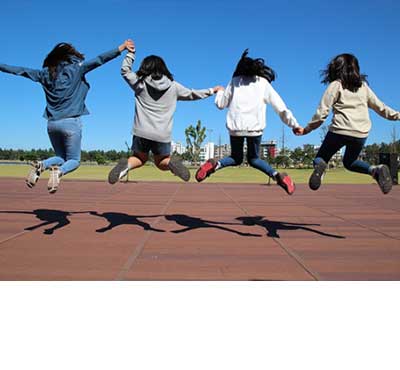
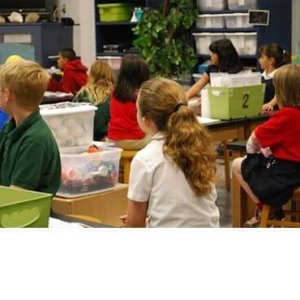
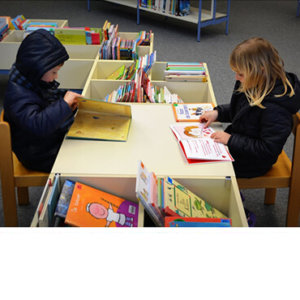
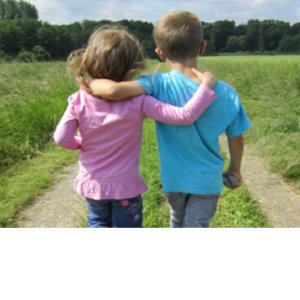
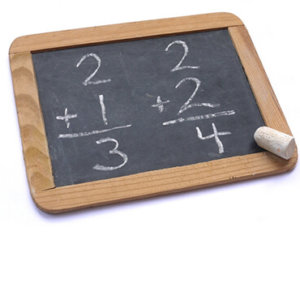
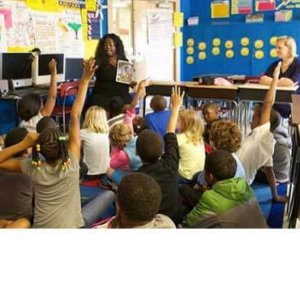
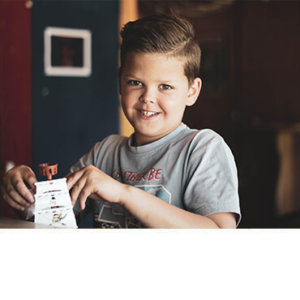
There are no reviews yet.